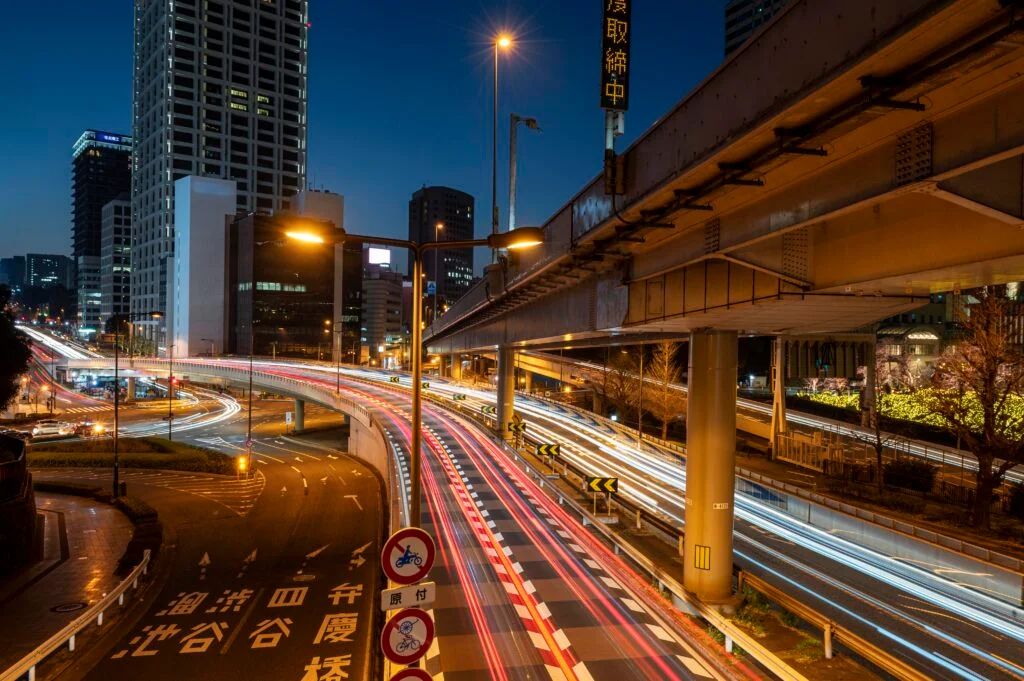Travelers between Sharjah and Dubai should prepare for some disruption as a critical exit is temporarily closed. The exit from King Faisal Street to Al Wahda Street heading towards Dubai will remain inaccessible until October 11. This closure aims to improve Sharjah Dubai traffic flow and road safety in the long term but will affect daily commuters in the short term.
Why Sharjah Dubai traffic Closure Is Happening
The Sharjah Roads and Transport Authority has initiated this closure as part of a series of road upgrades. These improvements are designed to:
- Reduce daily congestion at one of Sharjah’s busiest exits.
- Enhance the safety of motorists by improving road layout and signage.
- Ensure smoother traffic flow between Sharjah and Dubai once works are completed.
Authorities have stressed that while the closure may be inconvenient, it is a necessary step for a better commuting experience in the future.

Duration of the Roadworks
The closure began on October 3 and is scheduled to last until October 11. During these nine days, commuters are advised to plan their journeys carefully and anticipate longer travel times. Local authorities are working to stick to this timeline to reopen the exit promptly.
Impact on Daily Commuters
For those driving between Sharjah and Dubai, this exit is one of the most frequently used routes. Morning and evening rush hours are expected to see the most disruption. Commuters may experience:

- Increased congestion on surrounding streets.
- Delays in travel times, especially during peak hours.
- The need to consider alternative routes to avoid frustration.
With thousands of vehicles relying on this exit daily, the temporary closure is likely to affect a large number of drivers.
Alternative Routes to Consider
The Roads and Transport Authority recommends several alternatives to help drivers navigate the closure:
- Al Ittihad Road: This major highway connects Sharjah and Dubai and can handle high traffic volumes.
- Sheikh Mohammed bin Zayed Road: Another key route for commuters, offering a smooth passage between the two cities.
- Follow diversion signs and on-site personnel guidance for efficient navigation.
- Travel earlier or later than usual to avoid peak congestion periods.
Careful planning can significantly reduce delays and stress during the closure.

Tips for a Smoother Commute
To make the most of this period, consider the following:
- Use navigation apps: Real-time traffic updates can help avoid unexpected jams.
- Carpool where possible: Fewer cars on the road can ease overall congestion.
- Stay informed: Follow RTA announcements on social media and local news outlets.
- Adjust schedules: Leaving 30–60 minutes earlier can save time and reduce stress.
By taking proactive steps, commuters can adapt to the temporary disruption more efficiently.
Long-Term Benefits of the Upgrade
While temporary closures are always inconvenient, these upgrades are expected to bring substantial benefits:
- Faster travel times once the exit reopens.
- Safer roads for all users.
- Reduced risk of accidents due to improved signage and layout.
- Enhanced overall traffic management between Sharjah and Dubai.
Motorists will soon enjoy a smoother journey that could save significant time each day.
How Authorities Are Managing the Situation
The RTA is actively managing traffic during this period:
- Diversion signs clearly indicate alternate routes.
- On-site staff are available to guide drivers and address concerns.
- Constant monitoring ensures that adjustments can be made if traffic problems escalate.
These measures aim to minimize the inconvenience for daily commuters while ensuring safety remains a top priority.
Commuter Experiences
Drivers have shared mixed experiences during the closure period. Some commuters report minor delays, while others are taking full advantage of alternate routes. This shows that careful planning and flexible travel schedules are essential to navigating the closure efficiently.

Looking Ahead
The Sharjah-Dubai corridor is one of the busiest in the UAE, and strategic upgrades like this are necessary to support growing traffic demands. Once completed, the exit improvements will make the commute safer, faster, and more predictable for thousands of motorists.
For now, patience and preparation are key. By following official guidance and exploring alternate routes, commuters can reduce frustration and continue their daily travels with minimal disruption.
Conclusion
Although the temporary closure of the King Faisal Street exit is causing some short-term inconvenience, it represents a positive step towards improving the overall traffic experience between Sharjah and Dubai. Planning ahead, staying informed, and using alternative routes will help commuters navigate this period efficiently. In just a few days, motorists can look forward to safer and smoother journeys across one of the UAE’s busiest corridors.
Do follow UAE Stories on Instagram
Read Next – UAE Western Balkans Investment: Influence and Identity















